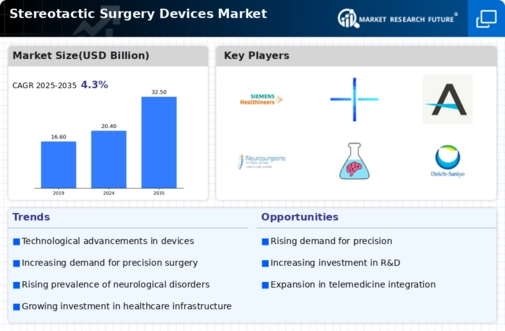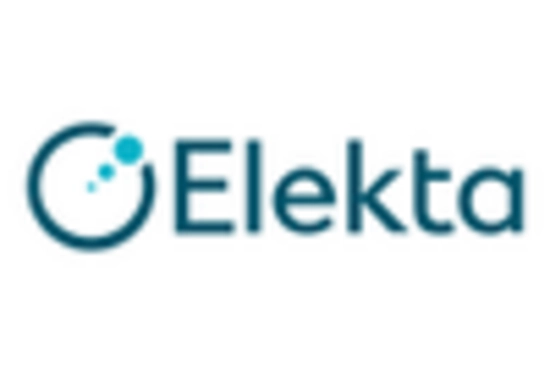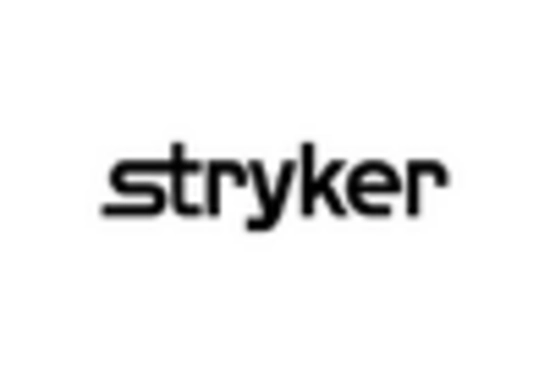Market Share
Stereotactic Surgery Devices Market Share Analysis
Market share positioning strategies are essential in the competitive landscape of the Stereotactic Surgery Devices market. Stereotactic surgery involves precise targeting of specific areas within the body using three-dimensional coordinates, often employed in the treatment of brain tumors, Parkinson's disease, and other neurological conditions. In this dynamic market, companies employ various strategies to secure a larger share, starting with differentiation. Differentiation involves developing products with unique features, such as improved accuracy, efficiency, or patient comfort. For instance, a company may design stereotactic surgery devices with advanced imaging capabilities or robotic-assisted guidance systems to enhance precision and reduce procedural time, setting their products apart from competitors.
Cost leadership is another significant strategy utilized by companies in the Stereotactic Surgery Devices market. By offering products at competitive prices without compromising quality, companies can attract cost-conscious healthcare providers and gain market share. This strategy requires efficient manufacturing processes, economies of scale, and strategic pricing strategies to maintain profitability while offering affordable solutions. Generic manufacturers often leverage cost leadership by producing generic versions of branded stereotactic surgery devices, increasing access to these essential medical technologies.
Market segmentation is also crucial in market share positioning strategies within the Stereotactic Surgery Devices market. Companies identify distinct market segments based on factors such as clinical indications, hospital size, or geographic location and tailor their products or marketing efforts accordingly. For instance, a company may target large academic medical centers with comprehensive stereotactic surgery systems capable of treating a wide range of neurological conditions, while also offering more compact and cost-effective solutions suitable for smaller community hospitals or outpatient clinics. By catering to the specific needs of different market segments, companies can effectively penetrate niche markets and increase their overall market share.
Innovation is a cornerstone of market share positioning strategies in the Stereotactic Surgery Devices market. Companies invest in research and development to develop next-generation technologies that offer improved performance, safety, and patient outcomes. This could involve developing new imaging modalities, navigation systems, or surgical tools designed to enhance accuracy and minimize complications. By continually innovating, companies can differentiate their products from competitors, capture market share, and address unmet needs in stereotactic surgery.
Collaboration and strategic partnerships are also vital components of market share positioning strategies in the Stereotactic Surgery Devices market. Companies may collaborate with healthcare providers, research institutions, or technology partners to accelerate product development, expand market reach, and improve patient outcomes. By leveraging the expertise and resources of partners, companies can strengthen their competitive position and gain a larger share of the Stereotactic Surgery Devices market.
Furthermore, effective branding and marketing play a crucial role in market share positioning strategies. Strong branding helps companies differentiate their products and build trust and credibility among healthcare providers and patients. Through targeted marketing campaigns across various channels, companies can raise awareness about stereotactic surgery, educate healthcare professionals about the benefits of these advanced technologies, and ultimately drive sales. By establishing a compelling brand presence and executing engaging marketing initiatives, companies can strengthen their market position and capture a larger share of the Stereotactic Surgery Devices market.

















Leave a Comment